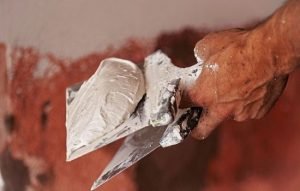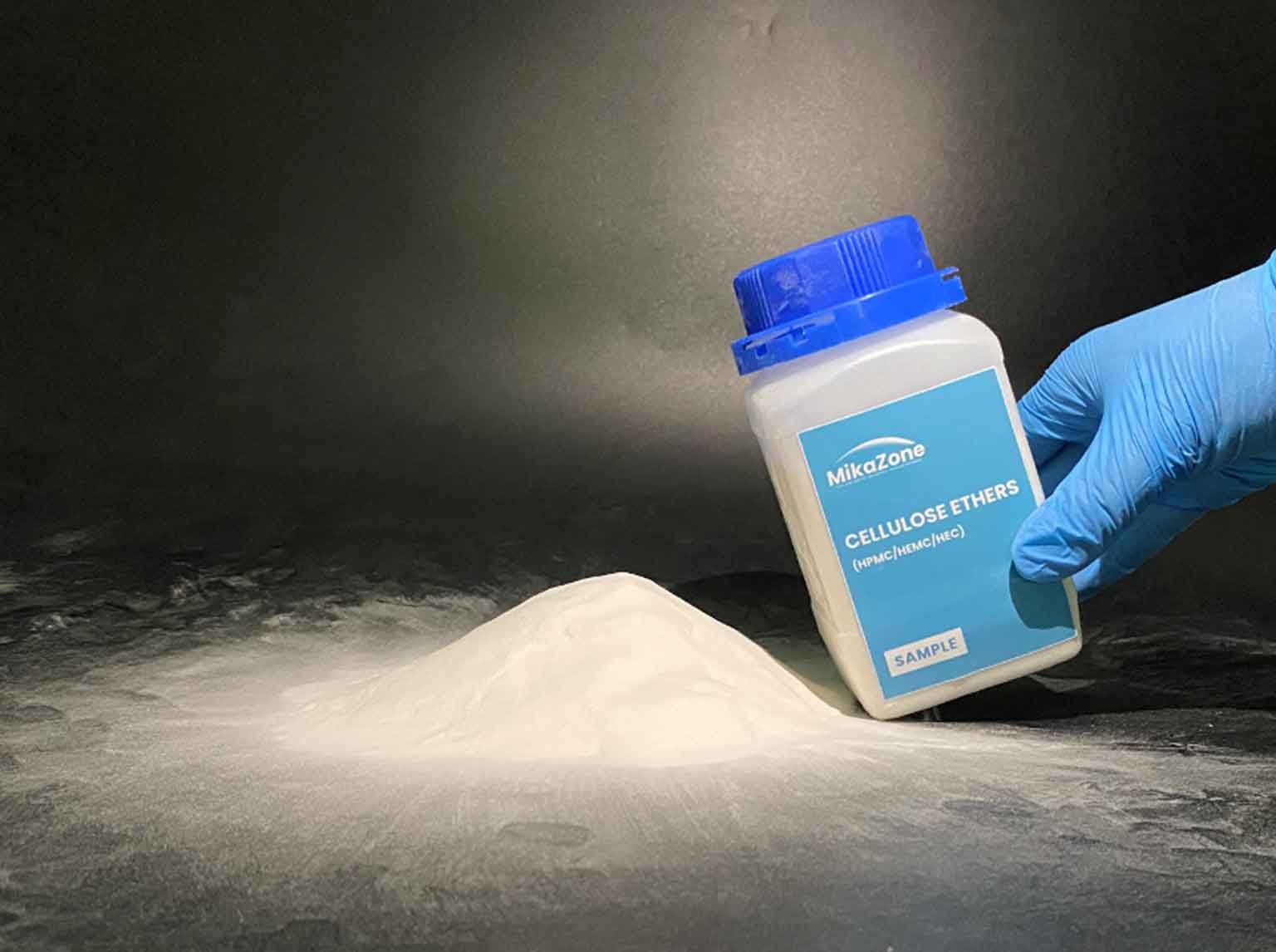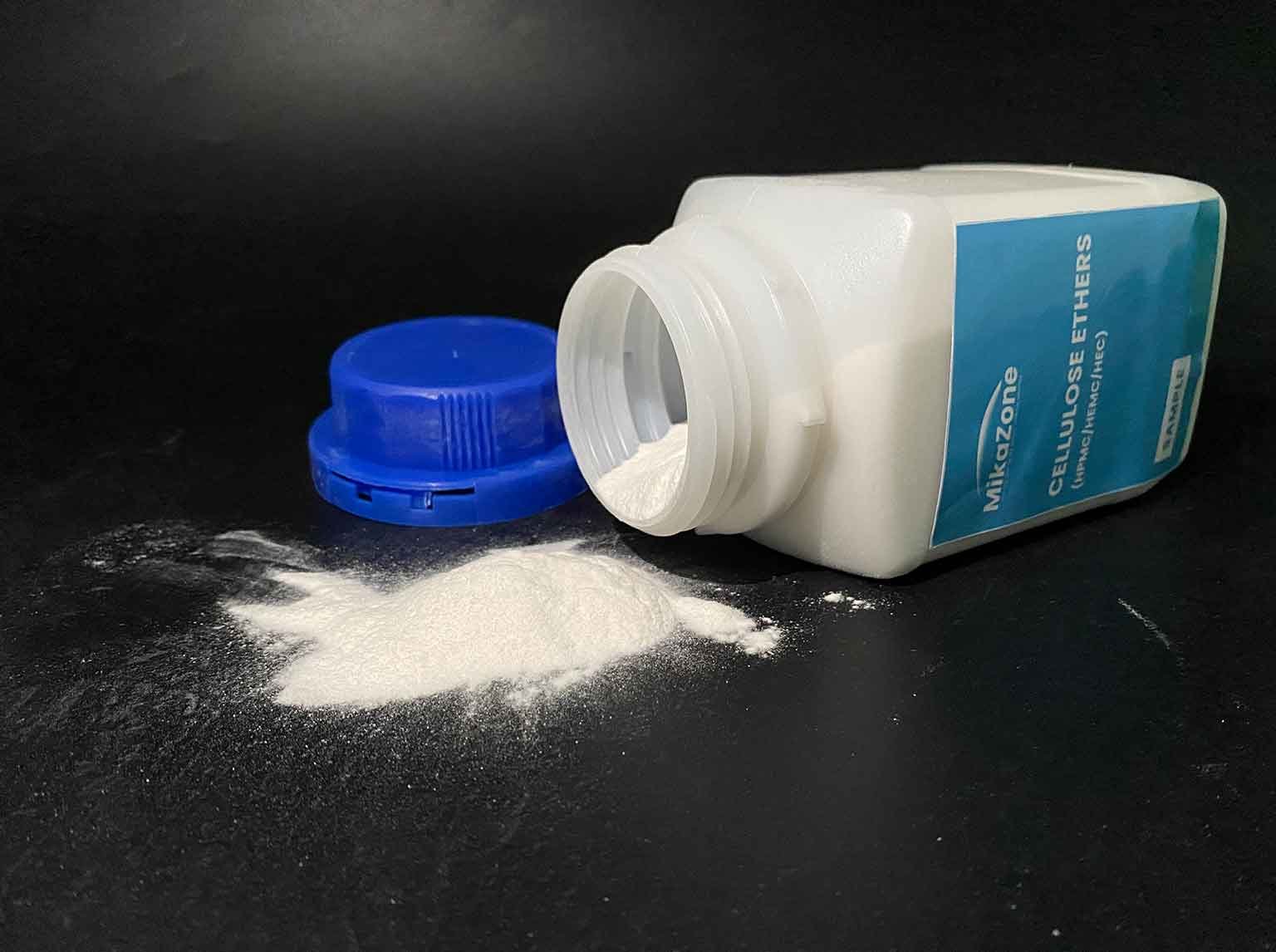Notes for Selecting Cellulose Ether for Putty Powder
Cellulose ether (including hydroxypropyl methylcellulose and methylcellulose) is used as a thickening and water-retaining agent in putty, which significantly improves the workability and smoothness of the putty.
There are two notes for choosing cellulose ether for internal and external wall putty:

1. The viscosity of cellulose ether
according to the formula of various putty, the viscosity of hydroxypropyl methyl cellulose (HPMC) and methyl cellulose (MC) are different, and they can be used in the application range from 40,000 to 100,000. It is proposed that cellulose ether cannot replace the role of other adhesives. After adding cellulose ether, it is not possible to reduce the ingredients of other adhesives.
2. Surface-treated cellulose ether non-surface-treated cellulose ether?
Cellulose ether (including hydroxypropyl methyl cellulose and methyl cellulose) is a surfactant, which has a large viscosity after dissolution. Therefore, if ordinary cellulose ether is added to water, it will quickly form a clump, and the dissolved exterior of the clump will develop a very thick solution. Subsequently, the clump’s interior is wrapped. It is difficult for water to penetrate the clump’s interior, resulting in low dissolution. The surface-treated cellulose ether (which can delay the dissolution) will not be so, and it can be dispersed well in cold water (which can delay the dissolution and gradually dissolve after the dispersion is good). After understanding the above differences, the constructor can choose the cellulose ether products well.
Summary:
- For dry-mixed putty for interior and exterior walls, because the cellulose ether has been well dispersed in the material during the dry-mixing process, there will be no agglomerations. Therefore, it is recommended to use ordinary cellulose ethers (non-surface treated cellulose ethers) because ordinary cellulose ethers have a faster dissolution rate than surface-treated cellulose ethers, which shortens the waiting time from mixing to application.
- For the preparation of putty that needs to dissolve cellulose (including hydroxypropyl methyl cellulose and methyl cellulose) directly in water and mix with other materials, it is recommended to use surface-treated cellulose ethers. These surface-treated cellulose ethers can be well dispersed in cold water and then dissolved (can delay the dissolution).
What are the consequences of choosing the wrong type of cellulose ethers?
For dry-mixed internal and external wall putty, the use of surface-treated cellulose ethers may lead to problems like low workability, dryness, and unevenness after plastering the wall. This resulting phenomenon is the same as the case without applying any cellulose ether. It does not mean that all formulations will have this problem because specific formulas also play a crucial role in the individual results.
 MikaZone™ cellulose ether products are widely used in the wall putty powder with the following advantages:
MikaZone™ cellulose ether products are widely used in the wall putty powder with the following advantages:
* Improve the water retention of putty powder, increase the workable duration in the open air and improve the workable compatibility.
* Improve the waterproofing and permeability of putty powder.
* Improve the adhesion and mechanical properties of the putty powder.
For more details or a sample, please do not hesitate to CONTACT US!




